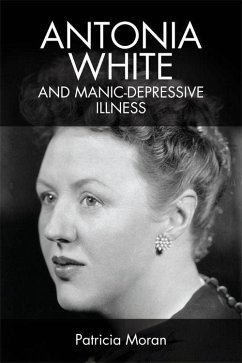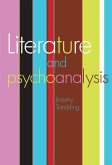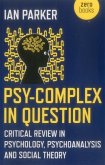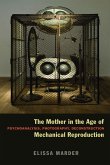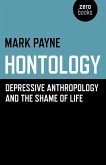'Scholarly, eloquent and humane, this book illuminates Antonia White's experiences of extreme mental illness and her struggles to write, at times even to live. By placing White's own words and unflinching self-analysis at the centre, Moran has given us an illuminating perspective on bi-polarity and creativity and on White's own tragic and heroic life.' Jane Dunn Ostler, author of Antonia White: A Life This study rereads Antonia White's writing within the context of manic-depressive illness Misdiagnosed as suffering from schizophrenia instead of what was bipolar or manic-depressive illness, Antonia White turned repeatedly to psychoanalysis and Catholicism to resolve the emotional conflicts that she believed were the cause of her tumultuous moods, her inexplicable behaviour and her writer's block. This study rereads White's writing within the context of manic-depressive illness to show how the misdiagnosis of her illness shaped the identity narratives White constructed in her life-writing and then used as the basis for her strongly autobiographical fiction. White's self-narratives have skewed critical interpretations of her work; at the same time, her fiction has not been studied as expressive of affective disorder. By contextualising White's life-writing and fiction within the contexts of manic-depression and narrative identity, Antonia White and Manic-Depressive Illness proposes a new model for reading White; documents the complex interplay of biological, psychological and environmental factors involved in affective disorder; and historicises the diagnosis and treatment of White's illness in medical, psychoanalytic and Catholic contexts. Patricia Moran is Reader in English at City, University of London. She is the author of Virginia Woolf, Jean Rhys, and the Aesthetics of Trauma (2007) and co-editor, with Erica Johnson, of Jean Rhys: Twenty-first Century Approaches (2015). Cover image: Antonia White by Howard Coster, 1939 NPG x24256 © National Portrait Gallery, London Cover design: [EUP logo] edinburghuniversitypress.com ISBN 978-1-4744-1821-8 Barcode
Hinweis: Dieser Artikel kann nur an eine deutsche Lieferadresse ausgeliefert werden.
Hinweis: Dieser Artikel kann nur an eine deutsche Lieferadresse ausgeliefert werden.

